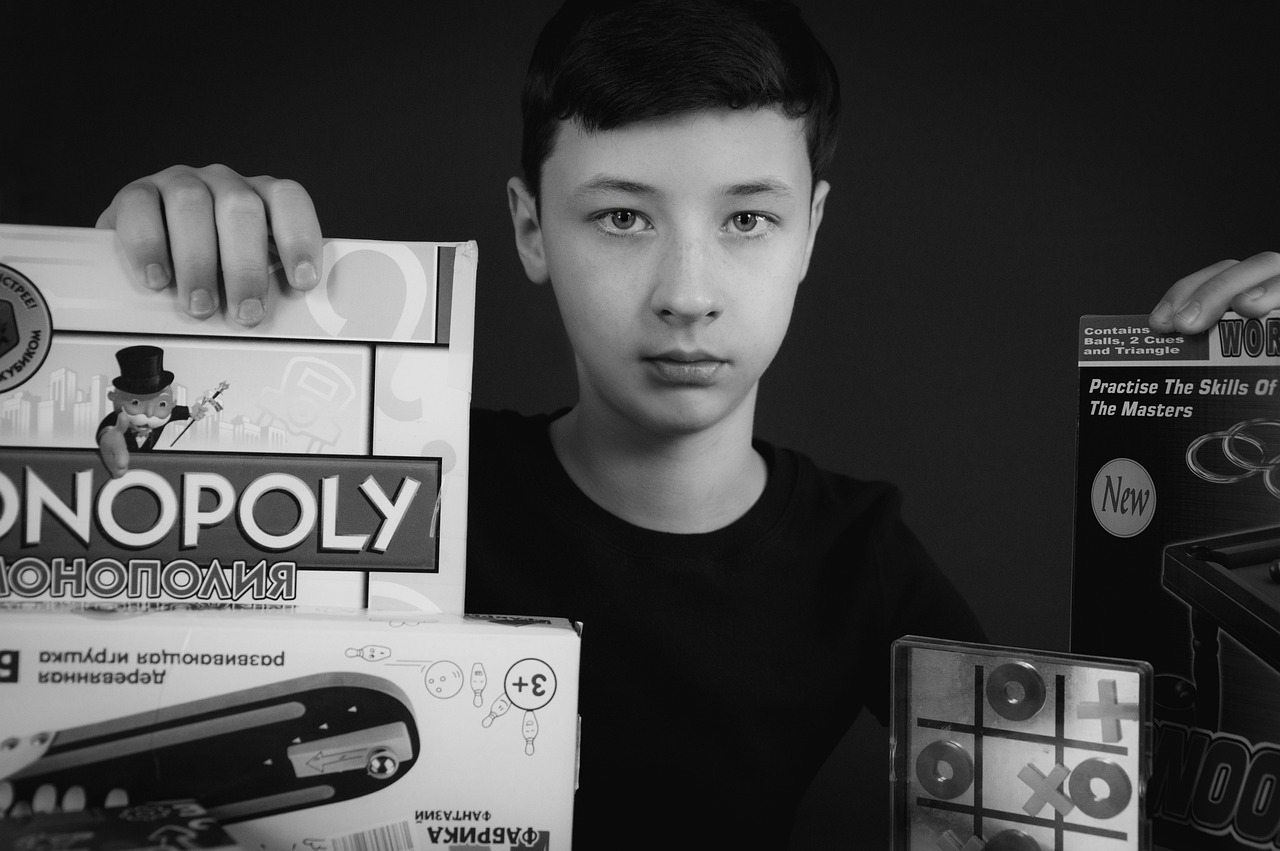Why Video Game Adaptations Often Fail: A Critical Analysis
Video game adaptations have been a hot topic in the entertainment industry for years. From the big screen to the small screen, many attempts have been made to bring popular video games to life outside of the gaming realm. However, more often than not, these adaptations fall short of expectations and fail to resonate with audiences. In this critical analysis, we will delve into the reasons why video game adaptations often fail and explore the challenges faced by filmmakers and creators in bringing these beloved games to a different medium.
The Hype vs. the Reality
One of the biggest reasons why video game adaptations often fail is the stark contrast between the expectations set by fans and the reality of the final product. Video games are a unique medium that allows players to immerse themselves in elaborate worlds, complex narratives, and interactive gameplay. As such, fans of these games develop a deep connection to the characters, stories, and overall experience.
When a beloved video game is announced to be adapted into a movie or TV series, fans are understandably excited. They envision the possibility of seeing their favorite characters brought to life, exploring the game world in a new way, and experiencing the story in a different format. However, the reality is that translating a video game into a different medium comes with its own set of challenges.
The Challenge of Adaptation
One of the major challenges in adapting a video game is the need to balance fidelity to the source material with the demands of the new medium. Video games are interactive experiences that allow players to make choices, explore environments, and shape the narrative through their actions. This level of interactivity is difficult to replicate in a linear, passive medium like film or television.
Furthermore, video games often have sprawling narratives, intricate world-building, and complex characters that can be difficult to condense into a two-hour movie or a season of TV. Filmmakers and creators are faced with the task of deciding what elements of the game to prioritize, what to leave out, and how to adapt the story to fit the constraints of the new medium.
The Curse of the Video Game Curse
Another reason why video game adaptations often fail is the perception of the so-called “video game curse.” Over the years, there have been numerous high-profile flops when it comes to video game adaptations, such as “Super Mario Bros.,” “Assassin’s Creed,” and “Doom.” These failures have created a stigma around video game movies and TV shows, leading to low expectations from both critics and audiences.
When a new video game adaptation is announced, many people approach it with skepticism and pessimism, assuming that it will be another disappointment. This negative mindset can be a self-fulfilling prophecy, as it leads to decreased interest, lower box office numbers, and ultimately, a lack of success for the adaptation.
The Importance of Respect and Understanding
In order for a video game adaptation to succeed, it is crucial for the filmmakers and creators to respect and understand the source material. This means not only staying true to the characters, story, and world of the game, but also capturing the essence of what makes the game special and beloved by fans.
It is important for creators to approach the adaptation with a sense of reverence and appreciation for the game, rather than simply viewing it as a cash grab or a chance to capitalize on a popular brand. By truly understanding what makes the game unique and translating that into the new medium, filmmakers can create a faithful adaptation that resonates with both fans and general audiences.
The Potential for Success
While video game adaptations often face challenges and obstacles, there are examples of successful adaptations that have managed to overcome these difficulties and resonate with audiences. One such example is the Netflix series “The Witcher,” which is based on the popular video game series of the same name.
“The Witcher” has been praised for its faithful adaptation of the source material, its strong performances, and its engaging storytelling. By staying true to the lore, characters, and world of the games, the creators of the show were able to capture the essence of what makes “The Witcher” so beloved by fans and create a successful adaptation that has garnered a large following.
FAQs
Q: Why do video game adaptations often fail?
A: Video game adaptations often fail due to the challenges of translating interactive experiences into passive mediums, the need to balance fidelity to the source material with the demands of the new medium, the negative stigma surrounding video game movies, and a lack of respect and understanding for the source material.
Q: Are there any successful video game adaptations?
A: While many video game adaptations have failed, there are examples of successful adaptations that have managed to resonate with audiences. One such example is the Netflix series “The Witcher,” which has been praised for its faithful adaptation of the source material and engaging storytelling.
Q: What can creators do to increase the chances of success for video game adaptations?
A: Creators can increase the chances of success for video game adaptations by respecting and understanding the source material, staying true to the characters, story, and world of the game, capturing the essence of what makes the game special, and approaching the adaptation with a sense of reverence and appreciation for the game.
Overall, the world of video game adaptations is a complex and challenging one, fraught with obstacles and pitfalls. However, with the right approach, respect for the source material, and dedication to capturing the essence of the game, creators can overcome these challenges and create successful adaptations that resonate with audiences. By understanding the reasons why video game adaptations often fail and learning from past mistakes, filmmakers and creators can pave the way for a future where video game adaptations can thrive and entertain audiences around the world.





